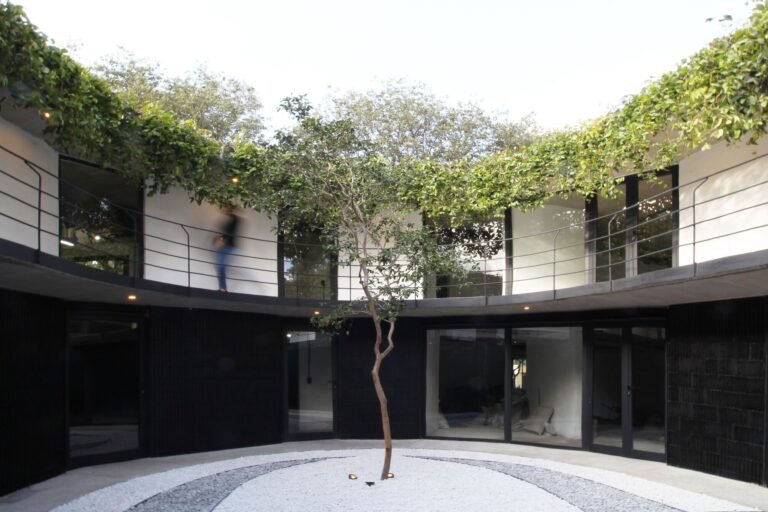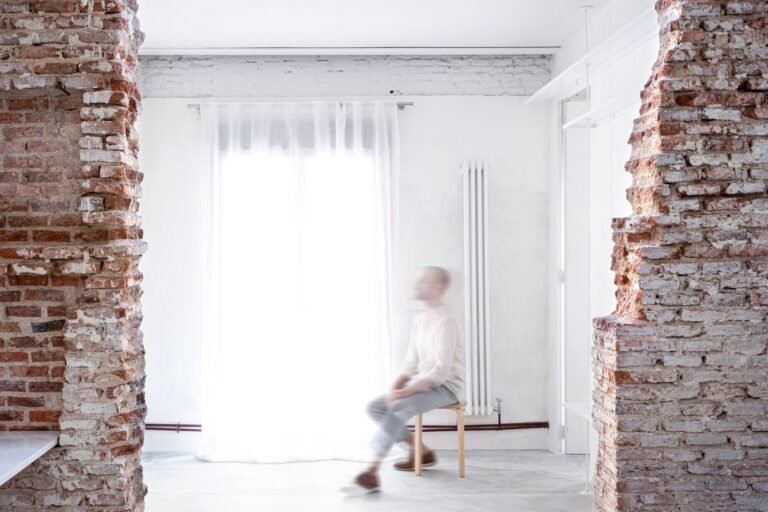How Millennials Killed the Guest Room
The reasons for the guest room’s popularity are the same behind its demise. You know the facts: Homeownership has been replaced by rental agreements, flatshares are more common than family units, and suburban homes have given way to (very) small city apartments. “Today, square footage is at such a premium, the idea of having a guest room feels like a luxury from the Gilded Age,” Sarah adds. When you get less space for your money, prioritization becomes key. It’s something design advisor and WeIncontro founder Helena Agustí knows all too well. Her unique eye for decoration has made the homes she’s lived in real Instagram candy. When she searched for a new rental last year, a space to host guests was at the top of her want list.
“I wanted a place that felt cozy and warm and had outdoor space,” Helena says. “My current apartment ticked all the boxes except for the guest room, but I realized that the other priorities were more important. You can’t have it all! My home feels perfect for me right now—but if there was an extra room, even if really tiny, I would never ever move again.”
But those who have that luxurious second room often find uses for it that are far from the traditional guest room, especially as a consequence of the pandemic lifestyle shift. “Even post-pandemic, we’re doing lots of things at home: Making art and playing music, exercising, working, cooking from scratch—and we need storage for all the gear that goes with that,” Sarah explains. “In my experience, that often means space for guests gets sacrificed.” We’ve not only brought the office home, but also the leisure: From glam rooms to sex rooms, private recreational spaces are also the new normal. It’s an idea that permeates not only small city dwellings, but also bigger ones.
Alex Delaunay, founder of architecture firm Sabo, has worked on all types of projects, from small apartments to bigger ones, with a focus on spaces that can be transformed. In one of his most recent commissions, for a place of 3,000 square feet, the designated guest room was meant to be more than that: “It’s conceived as a multipurpose room. The client also wanted to use it as an art room, so we designed a Murphy bed that flips up. The use of the space is not scripted; it’s more flexible and less purpose-driven, which makes it more appealing.”
Giving a spare room a fun use might actually be a bonus for guests to sleep there. “An extravagant art room or retreat can be a quite special place to sleep in as a guest, and even more attractive than a standard bedroom—especially if you’re also thinking of renting it occasionally on Airbnb,” Alex adds. At the end of the day, what counts is not so much where the guests sleep but how welcome they feel. As Helena, who shares her bed when a guest comes over, says: “We’ve become more flexible with our expectations as guests, and more transparent with what we can offer as hosts. My place is so tiny, but it feels like a real home, so when people visit they don’t want to leave! It’s about making them feel cozy.”


